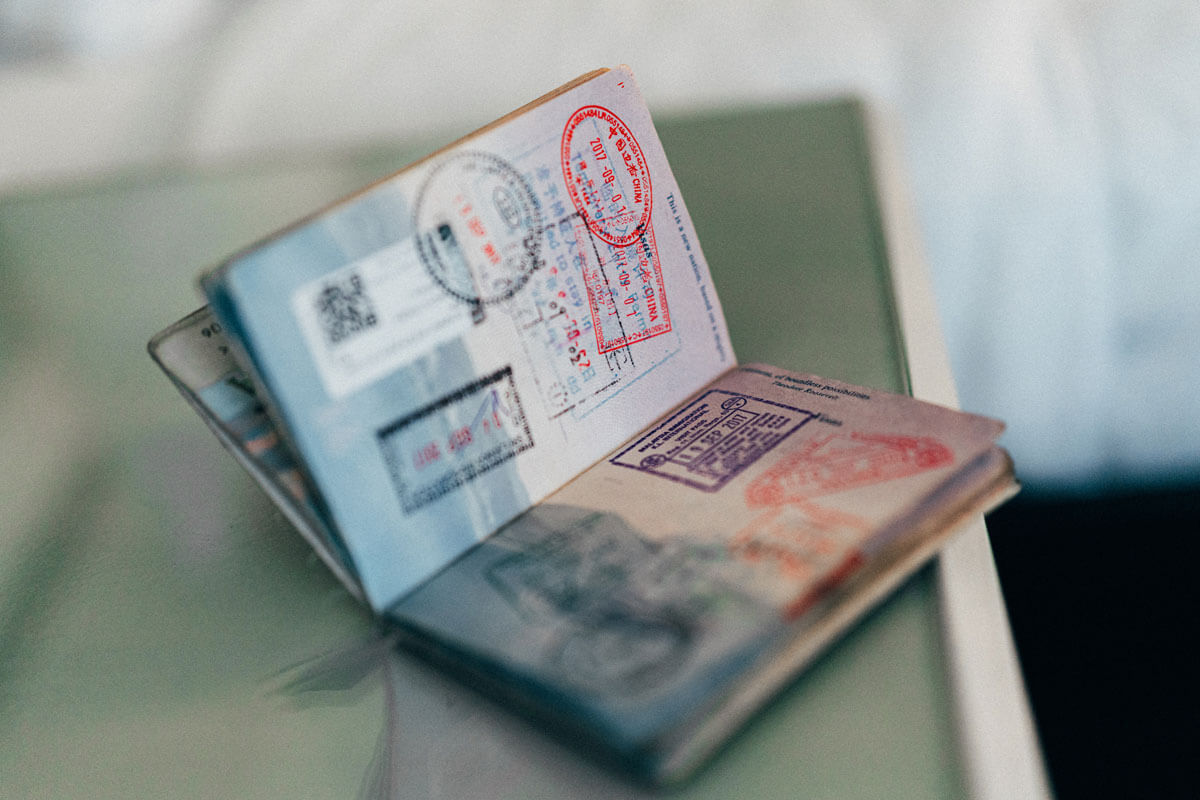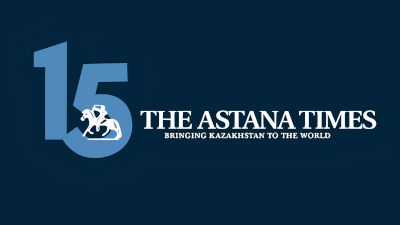ASTANA — Migration trends in Kazakhstan have shifted significantly from 2019 to 2024, reflecting broader economic and social changes. Migration plays a direct role in shaping the population’s size and structure and influencing labor force distribution, according to an article published at the EconomyKZ portal.

Photo credit: dos-immigration.kz
Migration trends overview
“Kazakhstan’s migration balance was negative in 2019, losing 32,970 people. By 2020, this figure had improved to minus 17,718, influenced by pandemic-related movement restrictions. The trend fluctuated, with a balance of minus 21,217 in 2021 before shifting positive in 2023 to 9,293 people, reflecting economic changes and new challenges,” wrote Lina Yegel Kyzy, expert of EconomyKZ.
During a Sept. 20 briefing, Askarbek Yertayev, the Vice Minister of Labor and Social Protection, noted positive migration dynamics in 2024. By mid-2024, the balance was 7,300 people, with 14,000 arrivals and 7,000 departures.
Migration growth was driven primarily by arrivals from the Commonwealth of Independent States (CIS) countries and China. Compared to the previous year, notable increases were seen in migrants from Uzbekistan, up 1.5 times to 4,838 people, and China, up 4.4 times to 1,173 people.
Internal migration in Kazakhstan has shifted significantly, with a 1.7-fold increase in movement between regions compared to the previous year. In 2023, approximately 397,000 people relocated within the country, rising to 688,000 in 2024. Megacities continued to draw the majority of new residents. Astana welcomed more than 64,000 permanent residents, Almaty received 60,000, and Shymkent attracted 31,000, maintaining its position as the city with the fastest-growing visitor rate.
“International migration also influenced Kazakhstan’s demographic landscape. In 2020, emigration dropped by 31.1% compared to 2019, with 29,088 people leaving the country. By 2023, emigration further decreased to 25,387 people, reflecting economic stabilization,” wrote Yegel Kyzy.
In 2024, most emigrants chose Russia, with 5,004 people leaving for permanent residence, a slight increase of 0.4%. Germany was the second-most popular destination, with 973 emigrants, despite a 13.4% decline. Other destinations included the United States, Poland, the Kyrgyz Republic, Uzbekistan, and Canada.
Young people aged 20 to 35 remained the most mobile demographic, comprising 37.5% of all emigrants in 2023. This trend raises economic concerns, as losing young, active individuals could hinder long-term development.
Among those who emigrated, 1,677 had higher education, 1,392 had vocational secondary education, 1,570 had general secondary education, and 947 had basic secondary education. By profession, technical specialists comprised the largest group of emigrants, constituting 843 people, a decline of 18.5% compared to 2023. Other fields included economics with 445 people, pedagogy with 249, architecture and construction with 222, reflecting a 3.7-fold increase, and legal professions with 132, marking a 3.1% growth.
Conversely, among those arriving in Kazakhstan, 2,910 had higher education, a decrease of 1.5 times. Arrivals with vocational secondary education totaled 3,204, while those with general secondary education increased by 10.2% to 4,795. Migrants with basic secondary education grew by 36.3%, reaching 2,720.
The largest group of incoming migrants by profession was technical specialists, totaling 1,529 people. They were followed by individuals with economic backgrounds (648 people), pedagogical professionals (464 people), medical professionals (265 people), and agricultural professionals (164 people).
Government initiatives and policy measures
Kazakhstan introduced changes to foreign registration rules in January to address migration challenges and adopted a five-year migration management strategy (2023–2027). This concept emphasizes protecting migrants’ rights, safeguarding national security, balancing individual and state interests, and ensuring transparent migration regulation through updated data systems.
This year, key measures also included updates to migration legislation. According to Yertayev, legal provisions now allow settlers to acquire agricultural land plots of minimum size on a non-competitive basis for up to five years, with temporary compensation payments. If a settler relocates, the right to use the land is terminated. Settlers who reside in designated areas for over five years can secure long-term land-use agreements.
Ethnic Kazakhs with academic degrees now have the option to migrate independently within regions without returning state support measures. Labor migrants can obtain work permits for one to twelve months based on their preferences.
Recently, the country also launched the Neo Nomad Visa, enabling digital nomads to live and work in the country for up to one year. This initiative positions Kazakhstan as an attractive destination for remote workers globally.
A new algorithm has been developed to facilitate the adaptation and integration of kandas (ethnic Kazakhs from abroad) in northern regions. Regulations now include adaptation and integration services for migrants and their families. To support housing, an economic mobility certificate covers 50% of costs for those relocating to designated areas, with regional roadmaps in place to encourage migration to labor-short regions.
According to Yeartayev, digitalization is a key component of Kazakhstan’s migration management. The portal migration.enbek.kz provides a unified registration system for foreign citizens and monitors migration flows. Nine services are operational, with four additional services planned by early 2025.
These efforts aim to establish a comprehensive, unified information system for tracking migration under a single-window approach.


